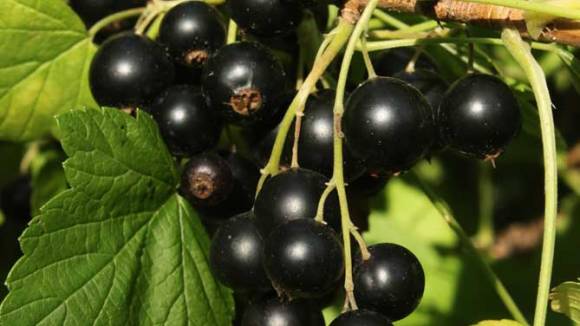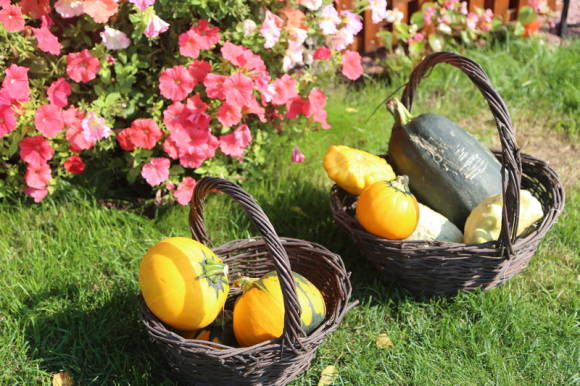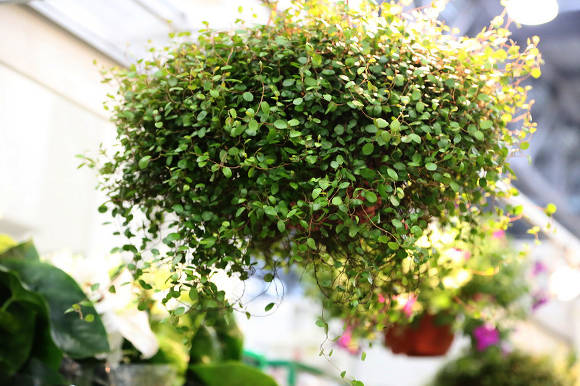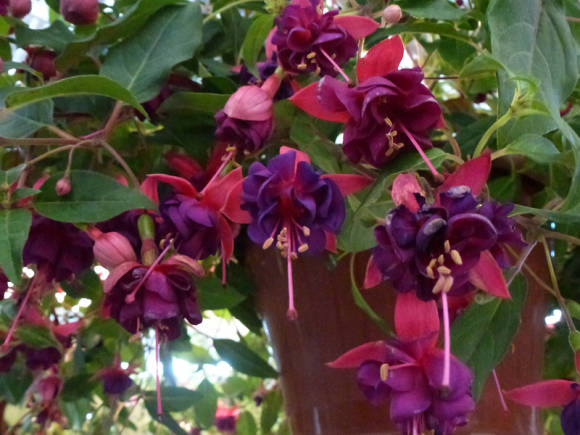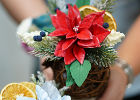 |
Langtries |
 |
Jack Frost |
Borage family (Boraginaceae) is represented in our gardens not only by well-known and beloved forget-me-nots, but also forms and varieties of brunner, lungwort, umbilical, and comfrey that are quite new for flower growers.
Genus Brunner(Brunnera) has 3 species that grow in the light forests of Eastern Europe, the Caucasus and Siberia. It was named after the Swiss botanist Samuel Brunner (1890-1844), who studied the flora of Italy, Crimea and western regions of Africa.
Brunners are winter-hardy rhizome herbaceous perennials with large, spectacular heart-shaped leaves on powerful long petioles and blue, like forget-me-not flowers, collected in loose paniculate or corymbose inflorescences. Brunner flowers smell nice.
Just like other representatives of the borage family, in the spring, Brunner primarily develops flower stalks. The plant blooms profusely and for a long time from the end of May to the end of June, and the foliage begins to grow intensively when the flowering has already begun to decline. To preserve the decorativeness of the plantings, faded inflorescences must be removed. Moreover, even species of plants hardly form seeds.
Florists grow two types of brunners - Siberian(B. sibirica) and large-leaved (B. macrophilla). The first one can be called an old-timer of our gardens.
As a long-rooted plant, brunner siberian quickly fills the space allotted to it. Leaves up to 60 cm high form a dense closed cover. The plant feels great in shade and partial shade, therefore it is suitable for growing in wooded areas and in large areas of parks. However, the Siberian Brunner has one unpleasant property - it can become a weed, which is quite difficult to get rid of, because the plant reproduces perfectly by segments of rhizomes.
Of greater interest to florists is brunner large-leaved... This is a short-rhizome perennial, so the plant is more accurate, forms a decorative "bush" 45 cm high. Brunner large-leaved has garden forms and varieties that are valued for variegated broad-heart-shaped leaves.
Brunners can be found in garden centers and collectors Langtries(«Langtrees ") and "Variegata"(«Variegata "), however, new varieties have appeared recently.
Langtries(«Langtrees ") - a variety with blue flowers and dark green leaves with silvery specks arranged in several rows along the periphery of the leaf blade. The variety is distinguished by strong growth and unpretentiousness.
Variety "Millenniumsilber"(«Milleniumsilber ") differs from the previous one with leaves covered with large silvery-white spots almost along the entire leaf blade.
The variety "Jack Frost"(«Jack Frost ") almost white (or, more precisely, silvery) leaves, only the veins and a narrow strip along the edge of the leaf remain green.
Another group of varieties is made up of plants with a white or cream border on the leaf blade. So, for the variety Headspan Cream(«Hadspen Cream ") characterized by a narrow creamy white border on cupped leaves.
The form "Variegata"(«Variegeta ") or grade Dawson's White(«Dawsons White ") has a wide creamy-white border that goes against the green background with deep white tongues, creating a play of greenish-grayish shades. In sunny habitats, plants often emit almost white leaves. On old leaves, the white border begins to turn brown, and they must be removed in time.
Along with blue-flowered, brunners appear with white star-shaped flowers, for example, the variety Betty Bowring(«Betty Bowring ").
 |  |
Headspan Cream | Dawson's White |
 | Betty Bowring |
Brunners are good because they look different in the garden during the growing season. In early summer, these are delicate blue clouds of flowers, and in the middle - luxurious, spectacularly colored foliage.
Brunners can bloom again at the end of August, but it is better to remove the inflorescences in the early stages of development, so as not to weaken the plants before the onset of winter.
When placing varietal brunners in the garden, you should choose a location where they will be illuminated by the morning rays of the sun and fall into partial shade in the afternoon. In full shade, the plants stretch out, lose their decorative effect, and when grown in the sun, Brunners need to ensure constant moisture in the soil and air, which is possible only in the presence of a reservoir.In hotter climates, planting them in the open sun is generally not worth it.
Plants prefer light, nutritious soils with adequate moisture. On hot, dry days, water them abundantly. When grown in the sun or in a place not protected from the wind, Brunners mulch with organic materials (humus, tree bark or chips). Mulch protects the rhizomes from drying out, and at the same time covers their bare parts, growing vertically.
In order not to lose plants in frost without snow, Brunners, wherever they grow, are best mulched in late autumn. At the same time, it is important not to forget to loosen the plantings in the spring, with the onset of warm weather.
Brunners reproduce by dividing an adult plant, which can be carried out in spring and late summer, as well as by segments of rhizomes. Rhizomes are divided from spring to mid-summer. For rooting, the delenki are planted in a semi-shady place. The garden bed is kept wet; in a hot, dry summer, it can be covered with lutrasil by pulling it over arcs. Varietal specimens and plants dug out of shady places root worse than species and plants grown in the sun. Delenki must be carefully looked after during the first two weeks after planting. In this case, it is important not to overmoisten the soil, since plants that do not have roots can rot.
Given all these difficulties, you have to put up with the idea that it is more reliable to propagate varietal brunners by dividing the bush, which will give you a limited number of young plants, but much more viable. Subject to simple agricultural techniques, large delenki take root well and quickly turn into luxurious specimens.
Nina Tomilina(Based on the materials of the magazine "In the world of plants, No. 7, 2003)
